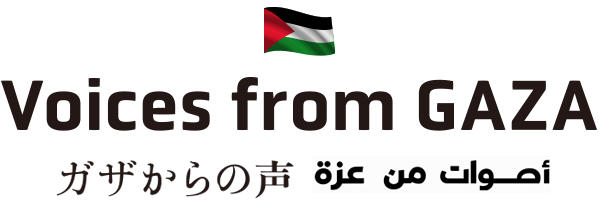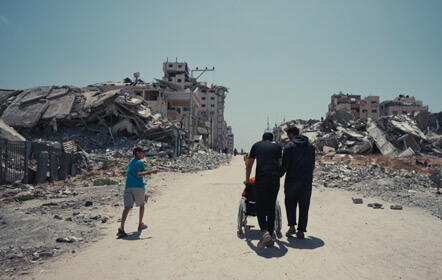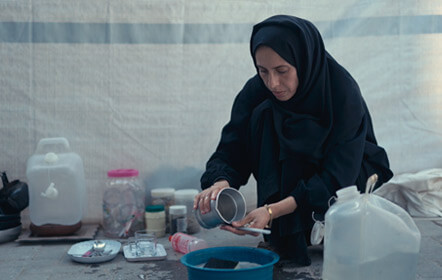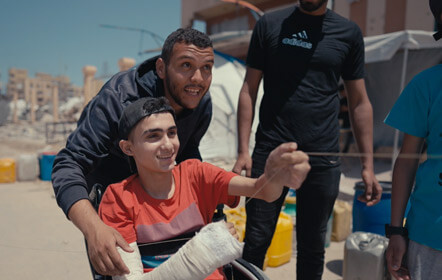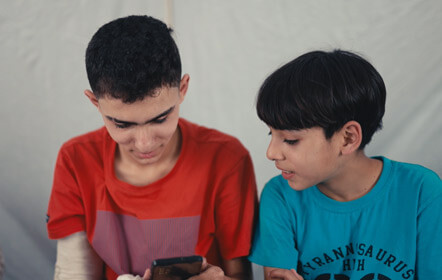Story
Ahmed al-Ghalban is a 16-year-old gymnast and circus performer from Beit Lahia in northern Gaza. He had a twin brother, Mohamed, who shared his passion for gymnastics.
When the war on Gaza began in October 2023, Ahmed and his family fled south. After the ceasefire was announced in January 2025, they returned home, but most of northern Gaza, including their house, had been reduced to ruins. The family decided to remain among the rubble of their destroyed home.
In March 2025, the ceasefire collapsed as Israeli forces launched a new offensive in the north. On March 22, while helping his uncle carry belongings during an attempt to flee, they were struck by Israeli shelling. His twin brother Mohamed, his uncle, and his 6-year-old cousin were killed. Ahmed survived, but he lost both legs and several fingers, suffering devastating injuries.
He now suffers from shortages of medical care and food. After leaving the hospital, he lives in a tent set up on the ruins of what was once Gaza’s largest university, where hundreds of displaced people now reside.
Yet he has not lost hope. He dreams of recovery, walking again with prosthetics, and founding a new circus troupe with his brother’s memory. He also hopes to rebuild Gaza and return to his hometown in the north.
He says:
“I have a lot of hope. The war will end, and Gaza will come back more beautiful than before. Before, I wanted to leave Gaza. But when Trump said all Gazans should be expelled, we decided to stay.”
Main Characters
-
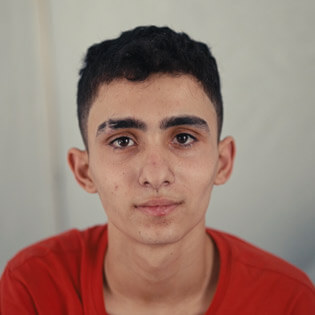
Ahmed al-Ghalban
-
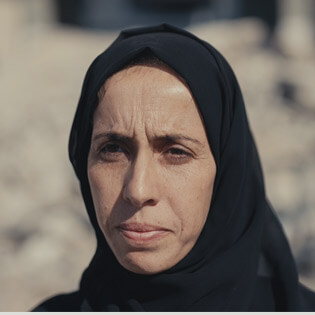
Mother: Amna
-
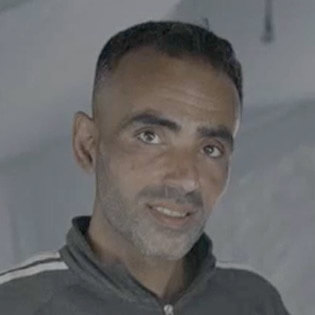
Father: Abdullah
-
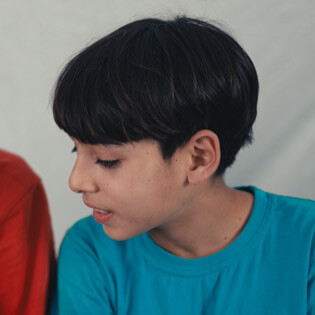
Brother: Qusai
-
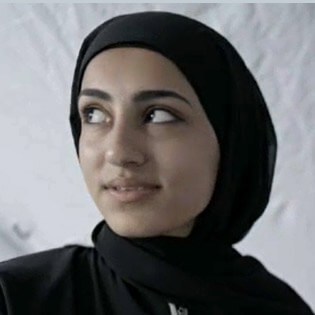
Sister: Ala
-
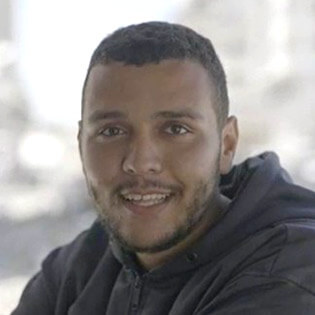
Friend: Qusai
Filming Location
Episode 1 was filmed on May 21, 2025, at the camp located on the ruins of the Islamic University of Gaza, where Ahmed and his family currently live.
The Islamic University of Gaza was once the largest university in the Strip, but it was heavily damaged by Israeli bombing on October 9, 2023. Today, hundreds of displaced families live in tents on its grounds.
Our determination to rebuild is rock solid and our pursuit of excellence is boundless.
Journey of Displacement
In October 2023, as fighting intensified, Ahmed’s family fled their hometown of Beit Lahia in northern Gaza and sought refuge in Rafah, in the south. After the ceasefire in January 2025, they returned north, but when new attacks began in March, they moved to the tent camp at the ruins of the Islamic University of Gaza, where they remain today.
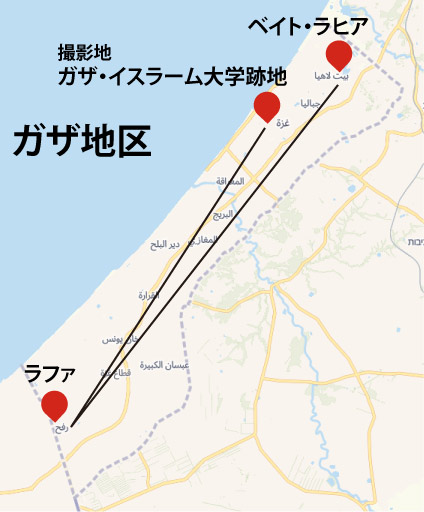
Daily Life in Gaza
This episode shows daily life and environment through three perspectives.
Drones
The sound of drones flying above the camp is striking. Israeli drones fly almost constantly over Gaza, severely affecting daily life. Particularly common are small quadcopters flying at low altitudes (10–100 meters), sometimes hovering just overhead. Their distinctive buzzing is called “zanana” by residents. The noise continues day and night, disturbing sleep. Children fear that “something might fall at any moment.” Reports mention anxiety, PTSD, and headaches, showing drones as a psychological weapon.
Food
Some refugee camps have shared kitchens where residents cook simple meals with distributed milk powder and beans. In large pots, residents prepare porridge or soup with milk powder. Seasonings are scarce, but families try to secure nutrients. In one scene, Ahmed’s mother cooks with milk powder.
Another scene shows Ahmed and his family at a makeshift ice cream stall. The owner powers a small freezer with solar panels. While most stalls sell aid food or groceries, very few offer ice cream. Today, one ice cream bar costs about 10 shekels (≈3 USD / ≈410 JPY), compared to just 1 shekel before the war. The stall’s Instagram account (@house.light_caffe) even shows images of the shop’s interior before it was destroyed.
house.light_caffe
https://www.instagram.com/house.light_caffe/
Medical Care
After being injured, Ahmed was taken to the Indonesian Hospital. Established in 2016 by the Indonesian NGO MER-C with around 100 beds, it was the most important medical facility in northern Gaza. On May 18, the hospital suffered attacks including gunfire and drone strikes, damaging its ICU, generators, and water supply. On May 19, OCHA reported that all 162 beds were unusable, leaving the hospital out of service. WHO also announced it could not safely access the facility to deliver aid. The collapse of the hospital symbolizes the breakdown of healthcare in northern Gaza, leaving many wounded without treatment.
